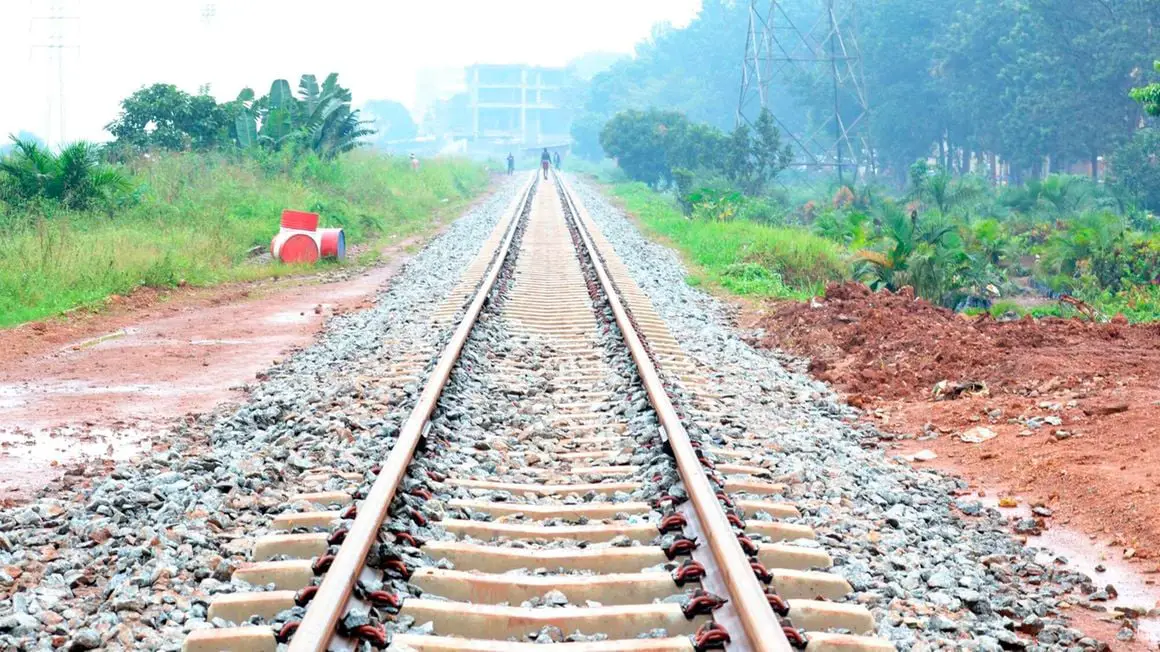Even as the country runs into a shortage of equipment, trains, and wagons, Uganda’s old metre gauge railway overhaul, recently entered its latter stages. The initiative, once implemented, will reduce the cost of transportation on the Northern Corridor. Competitiveness in business will also be improved as a result.
According to John Lenon Sengendo, Uganda Railways Corporation (URC) publicist, Imathia Construction, the Spanish company, recently concluded the replacement of steel sleepers with concrete beams on a section of the Namanve-Kampala rail line. The section of the line will be handed over soon. After the handover, he added that the contractor will commence work on the Namanve-Mukono section, which will be the last one.
The rail track will be the second one to be undertaken, coming after the Tororo-Namanve line rehabilitation. It also includes the railway line leading to Jinja Pier, which was carried out over a year ago.
Why transporters, importers, and exporters are reluctant to use the rail
Even though the Malaba-Namanve metre gauge railway condition is currently fair, there is still skepticism among transporters, importers, and exporters, on moving to rail. This comes as a result of a shortage of rolling stock as well as inefficiency. The Northern Corridor’s 90 percent traffic utilizes road transport. It can be approximated that rail transport only carries 7 percent of cargo. This is because the rail infrastructure in the region is in a poor state.
Transportation costs
Varying with the type of cargo, the cost of transportation on the Northern Corridor is relatively high. For road transit, the cost ranges from 20 cents to 25 cents for a tonne per kilometer. Slightly lower, it costs US cents 6 to US cent 12 per tonne per kilometer to ship commodities using rail.
The URC is said to be partly blamed for the rolling stock’s shortage. After reviewing URC’s asset register in June 2022, the country’s Auditor General claimed that 521 wagons belonging to Uganda were situated in different parts of the neighboring country Kenya.

According to the Auditor General, there was an exit of 128 wagons and left 393 wagons that were unaccounted for. This raised fears that URC could be overstating the values of its assets in the financial statements.
It is said that the URC accounting officer clarified that there was a huge number of wagons abandoned in Kenya by RVR (U) Ltd. upon the termination of its concession. In July 2021, the country commenced a repatriation exercise to retrieve these assets. 243 wagons had been retrieved by December 2021.
The country is expected to purchase 3,000 horsepower engines by 2026, under the metre gauge railway overhaul initiative.
Funding for Uganda’s old metre gauge railway overhaul
Africa Development Bank, availing $233.2 million, as well as the African Development Fund, availing $100.7 million, are other financiers facilitating the undertaking.
The funds provided in form of concessional loans will fund rolling stock purchases. This will involve the purchase of locomotives coaches and wagons. The amount will also be used in carrying out construction works on the MGR.
It is said that URC aims to shift cargo movement from roads to rail. It expects to transport six million tonnes annually. The country also revived the construction work on the Tororo-Gulu City route, as it seeks to rehabilitate the Metre Gauge Railway.
Also read: Uganda signs US $1.4m deal with Chinese firm to revamp Kampala-Malaba MGR
Uganda approves US $395.5m loan for Kampala-Malaba MGR refurbishment
Uganda to revamp old MGR after delayed SGR funding
URC embarks on a five year plan to revive Uganda’s meter gauge railway (MGR)

